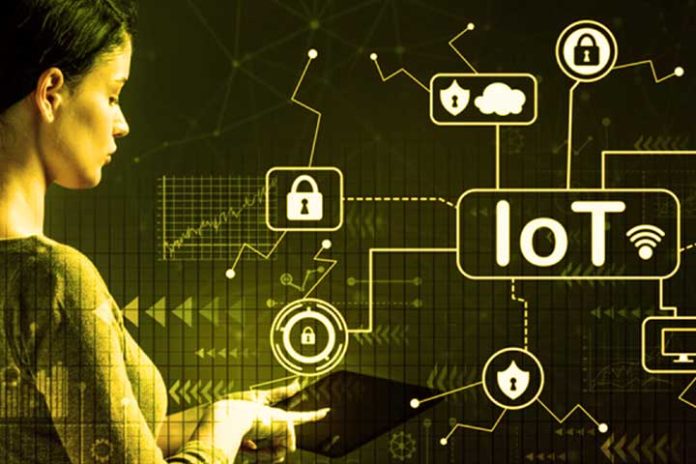The Internet of Things ( IoT ) is one of the most innovative technologies due to its ability to generate new sources of knowledge, perform performance updates in real-time and promote new value propositions. Companies are already beginning to visualize better how to align their adoption with specific business or strategic objectives, increasing their investment in their adoption. The number of IoT devices globally is expected to reach 30 billion by 2030, according to figures compiled by Statista.
In this context, it is worth knowing the trends for this year, especially since IoT is a technology in constant development, and any change in its evolution can impact adoption strategies and new opportunities that it can create.
1. Increased use of voice interfaces (VUI)
Using voice allows interaction between humans and machines or connected devices, thanks to Natural Language Processing and Artificial Intelligence (AI).
The development of this technology has evolved remarkably, and it will begin to be used more and more to configure connected objects, give them orders, and receive results. It will be common in homes, industries, and other less popular areas, such as autonomous driving.
2. Artificial intelligence of things (AIoT) will continue to grow
AIoT mixes artificial intelligence (AI) technologies with IoT infrastructure to create more efficient Internet of Things ecosystems, optimize human-machine interactions, enhance data management and create valuable knowledge for decision-making.
This technology will be essential in 2023 and beyond to drive digital transformation and reshape the scope of this industry. Therefore, we will see the main IoT providers integrating AI into their ecosystems.
Also Read: Influence Of IoT On Society
3. IoT in medicine
The health sector offers multiple business opportunities for the Internet of Things. In 2022, the global healthcare IoT market was valued at USD 73.5 billion and could reach USD 190 billion by 2028.
2023 will be key in the growth of the IoT in medicine, mainly about remote consultation and monitoring of patients, promoting a more digital and autonomous future in the health sector. This year, concepts such as ” virtual hospital ward ” will be more common, where people get the care they need from home, thanks to sensors, specialized software and telemedicine.
4. Industrial Twins and the fourth industrial revolution
Although digital twin technology is years in the making, it is now that its adoption is sweeping across industries at a dizzying pace. Thanks to these virtual representations of products, processes and physical systems, it is very easy to conduct simulations, monitoring, tests and maintenance.
Its use has been becoming a widespread management practice for years, and 2023 will be a pivotal year for rapid adoption in various industries, ranging from manufacturing to medical research and smart city management.
5. Edge Computing (border computing)
This distributed computing infrastructure brings data sources closer to business applications, including Internet of Things systems, providing significant benefits such as optimal response times, faster insights, lower latency, and better bandwidth availability.
All these advantages of Edge Computing are essential to managing IoT devices’ growing number and computing power, mainly the processes associated with local data analytics. Well, it allows companies to find valuable knowledge in real time instead of looking for it among huge volumes of data stored in a centralized cloud.
6. Internet of Things and Metaverse
The metaverse itself is one of the most promising technology trends of 2023. But when combined with IoT infrastructures, both technologies could go to another level.
Connected devices provide the ability to process data from the physical world (real life) and bring it into virtual realities.
And with digital twins, simulations within the metaverse are simplified, thus obtaining accurate results for real-world decision-making while fueling the growth of the metaverse.
The metaverse can also work as a 3D user interface for IoT systems, laying the foundation for creating a better user experience and generating new opportunities in business, education, science, and society.
In conclusion, deploying the Internet of Things and its main trends will be essential for digital transformation and future technological advances in multiple industries and societies. Knowing its development and upcoming innovations is important to align them with real and measurable strategic objectives.

